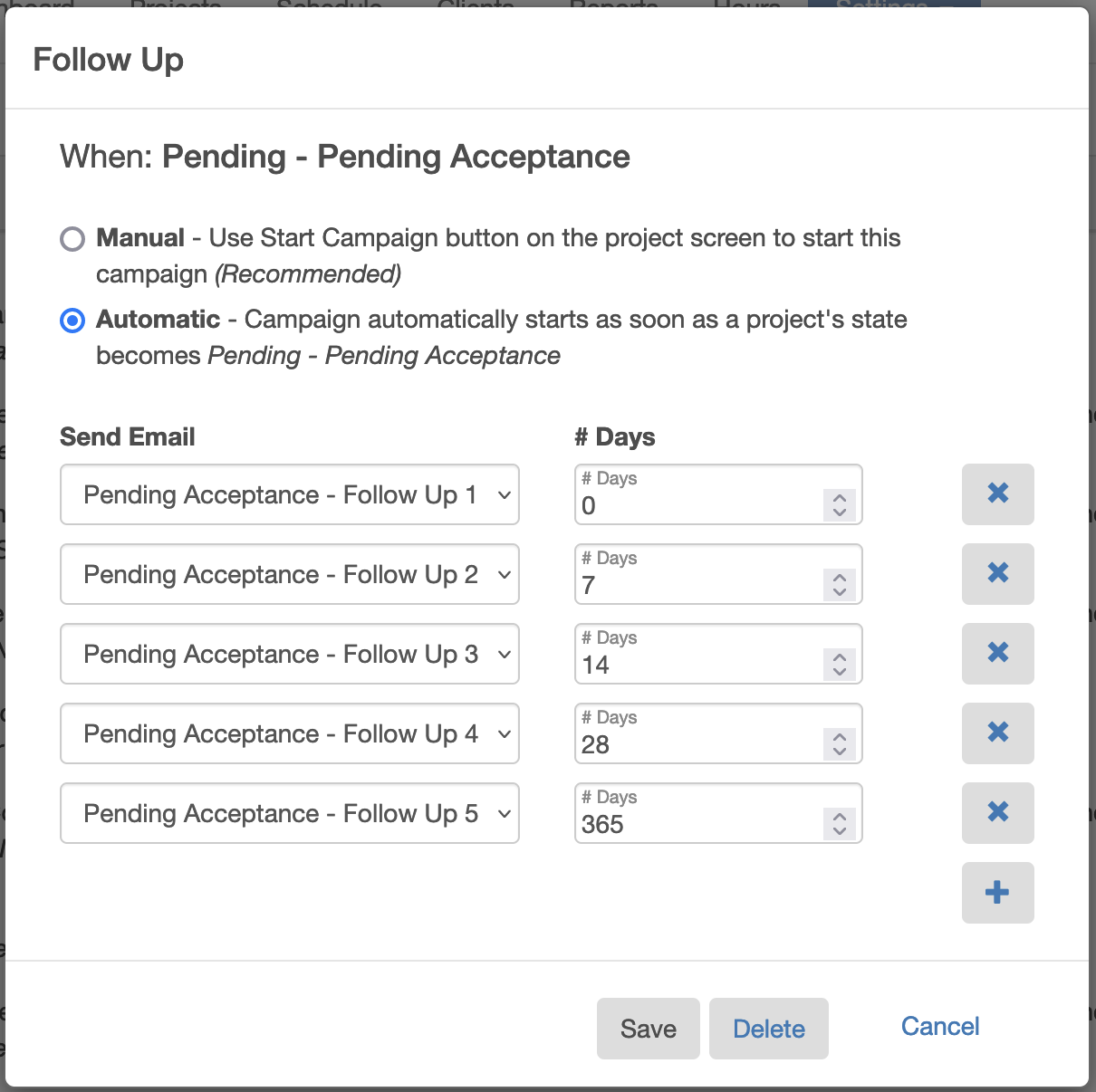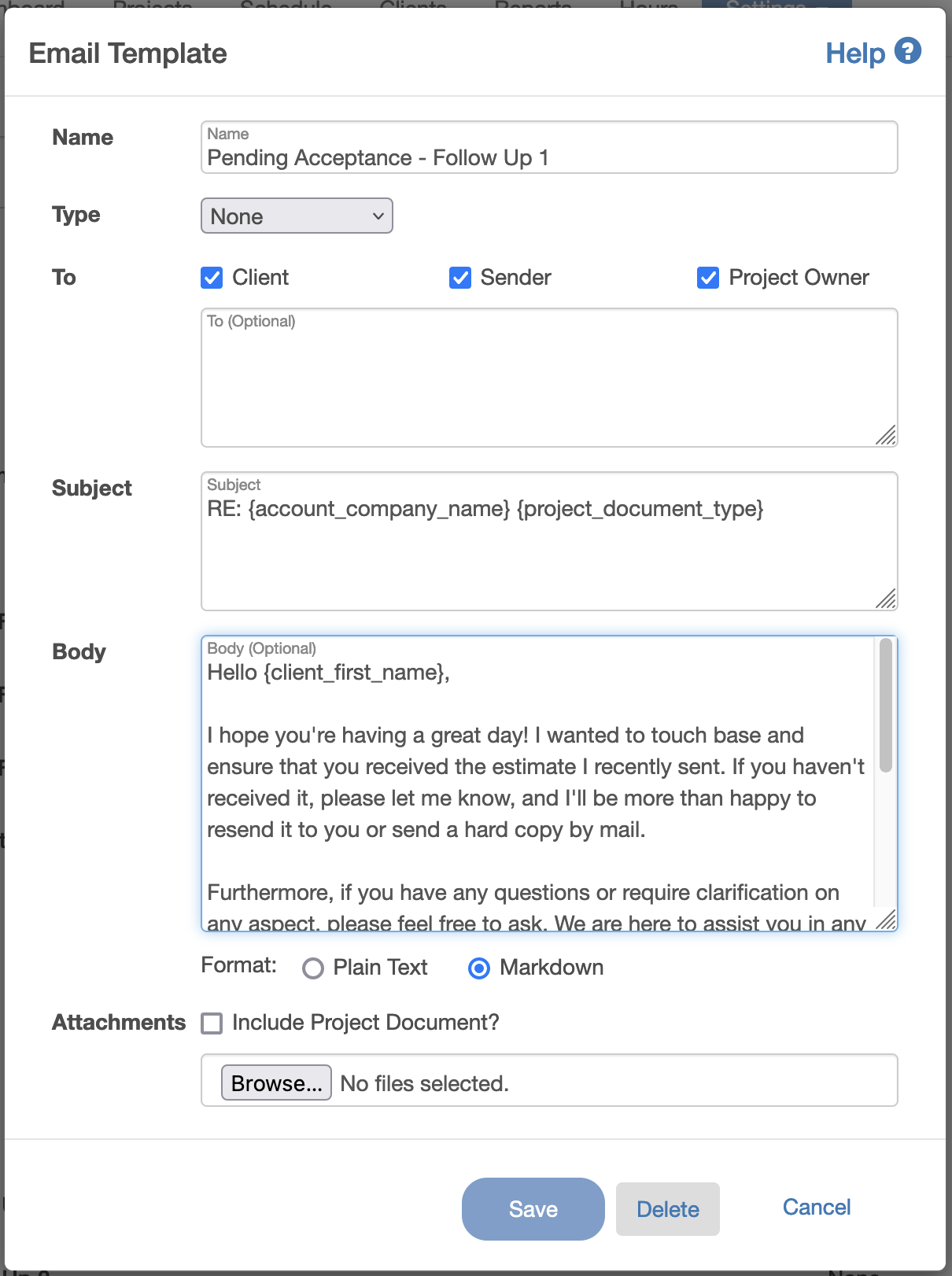Have you ever found yourself feeling confident after a great sales pitch, certain you’d sealed the deal, only to find you didn’t close the sale? Even though you may have hit all the marks during your pitch, it’s possible that you left out something crucial after the pitch: following up with your customer.
Most customers will need more than one touch point in order to feel confident about working with you, even after a strong sales pitch. A sales pitch is just one of several steps required to build a viable working relationship with a client.
A key next step is following up.
Follow-ups are an essential component of closing a sale and developing lasting relationships with clients. You may be wondering, “How does following up impact sales, and what’s the best way to follow up with a potential client?”
Keep reading, and find out!
Why is following up key to successful sales?
A follow-up in sales is what comes after the first touchpoint. Effective follow-ups can come in a number of forms: a friendly email, a solid proposal, or an encouraging phone call. Some other options include text messages, personalized videos, or connections on social media platforms like LinkedIn.
By opening up a communication channel, prospective clients get to know you, your business, your communication style, what you can offer them, and what it’s like to work with you.
Potential customers need an average of eight touchpoints in order to build up trust and close a sale. Of course, you’ll figure out the right amount of touch points through trial and error, and there’s always a likelihood that some clients won’t get back to you.
And, after a certain point, there will be diminishing returns to repeatedly following up with a client without a response. If someone doesn’t answer after eight tries, the odds are slim that they’ll respond by the 10th one.
Above all, it’s important to follow up on a quote. It allows you to build relationships, stay at the top of clients’ minds, share the value of your business or service, address any concerns or hesitations upfront, and, of course, close sales.
Follow-Up Strategies for General Contractors
Sure, following up is a useful strategy. But how do you do it? What do you say?
One thing to remember is that it doesn’t need to be a stressful, repetitive task. This is where automation comes into play. This way, you can stay in touch with your clients without adding to your to-do list.
In order to hit your stride in the follow-up department, try adhering to these best practices:
Try various modes of communication — If one mode of reaching out doesn’t seem to be working, try another one. With certain clients, for example, you may have better luck with a phone call over an email.
Stick to a preferred mode of communication — If your client makes clear to you that they prefer one method of communication (emails over phone calls, for example), stick to that.
Make sure you’re providing value with your follow-up — Don’t just reach out for the sake of reaching out. Be sure to bring something of value to the table with your follow-ups, like an education piece or a how-to.
Share next steps for moving forward — Communicate clearly what next steps look like. This helps reinforce your communication style and how your business operates.
Keep your messages simple — Don’t overcomplicate things! Keep your follow-ups clear and concise.
Spread out your communication — Pay attention to how long it’s been since your last message before following up again, and don’t repeatedly reach out in a short period of time. Using automated follow-ups to time your communications can help.
Here are a few channels you can use to follow up:
Email — Email is often a preferred method of communication for clients. It allows for asynchronous conversations, where correspondence doesn’t happen in real-time. Emails can be automated behind the scenes and scheduled to send at certain points, without needing your constant attention.
Phone — Phone calls can be a great way to offer a more personalized touch. But a downside is that phone calls often take more time than email and tend to go to voicemail, which clients don’t always check. This can leave you playing phone tag, which takes up even more time. Consider your clients’ preferences before using this method.
Text — Text is another way to provide a personalized touch, and it allows you to introduce yourself (rather than cold-calling from an unknown number).
Social media — Social media can be personalized if you’re able to connect with clients on platforms like LinkedIn. A downside is that clients may not check their social media as frequently as their email.
Examples of What to Say in a Follow-Up For Contracting Jobs
There are a number of different approaches you can take to execute a successful follow-up correspondence. Let’s take a look at some examples for specific scenarios.
Subject: Thanks for chatting! — In this type of follow-up, you can simply thank the client for reviewing your proposal or talking on the phone, and ask to set up a time to chat again.
| Dear [Name], Thank you for taking the time to speak with me/review my proposal. It was a pleasure to connect with you and to learn more about your needs. We’d love to set up another time to discuss our services further. We look forward to hearing from you soon.
Signature |
Subject: Ready to get started? — In this type of follow-up, you can propose specific times for you and the client to connect.
| Dear [Name], I’m writing in regard to the offer [x]. I’d love to know if you are ready to get started on my/our services. Would [time] on [date] work for us to speak again? Please let me know if this date works for you, or if there are any other times that you’d prefer. Looking forward to hearing from you soon.
Signature |
Subject: Here’s the information you requested — If a potential client asked for further information or details, use this method to deliver on their request.
| Dear [Name], I’m happy to report I was able to obtain the information you requested in our previous conversation. Please see the attached [document/link]. If you need further clarification or information, I’d be happy to assist you in any way.
Signature |
If the requested information would best be conveyed by phone or meeting, you can also use this follow-up to let the client know you have the requested information and to set up a time to discuss further.
Subject: Need more info before making a decision? — Check in with the client to see if they need any additional information about your services before making a decision. You can also send links or attachments that might be relevant to their specific needs.
| Dear [Name], I’m writing to hear back from you about the offer [x]. If there’s any further information you might need from me in order to make a decision, please feel free to let me know. I’d be happy to assist you. Looking forward to hearing back from you soon. Signature |
Subject: Here’s some proof of our work — With this type of follow-up, you’re able to send prospective clients examples of past business or projects, and invite them to ask further questions about your services.
| Dear [Name], I’m writing in regard to the offer [x], and to provide you with examples of my/our past work. Please see the attached [document/link]. This should give you an idea of the services we’ve provided in the past, and give you a sense of what we have to offer you. Looking forward to hearing from you. Signature |
Subject: Here’s some info about our new construction services — In addition to sending examples of past work, you can also send a client details about any new service or product you have to offer.
| Dear [Name] I hope you are doing well. I’m writing to send details about our new service/product that we have to offer. Below/attached are further details about [x] service/product. We’re still interested in working with you and would love to discuss further. Feel free to reach out if you’re interested or have any questions. Looking forward to speaking with you.
Signature |
Subject: Tried getting in touch via [x] channel; let’s chat. — There’s always a chance that a client may not respond after you’ve tried following up with them. With this follow-up, reiterate that you’ve tried reaching out previously, and invite them to connect with you further. Be sure to state the fact that you haven’t heard back from them in a courteous, professional manner, and end the correspondence by reinforcing that you’re still interested in further discussion.
| Dear [Name], I’m writing to see if you are still interested in the offer [x]. I recently tried to reach you on [x] channel, but I see you haven’t responded yet. If you’d still like to discuss my/our offer, please let me know. I’d be happy to chat with you further.
Signature |
Subject: Interested in making a deal on our discussed services? — If you and the client have been in repeated contact about your services or products, you can extend an offer through this type of correspondence.
| Dear [Name], I’m writing in regard to the offer [x] we’ve been discussing. I’m happy to inform you we’d like to extend you an offer for [service/product]. Please feel free to reach out if you’re interested in moving forward with our offer, or if you have additional questions. Looking forward to hearing from you.
Signature |
Follow-ups are easy with Estimate Rocket
Estimate Rocket makes follow-ups an easy thing to accomplish. With Estimate Rocket’s templates, you can automate your correspondences, while also personalizing each message to fit the situation.

Estimate Rocket offers templates for automating follow-ups and scheduling the timing of your correspondences.
With this feature, you can automate a series of follow-up emails ahead of time, choosing the amount of time between each email. You can also personalize each automated follow-up to better meet your client’s needs.

With Estimate Rocket, you can personalize each of your automated follow-ups.
Estimate Rocket allows you to follow up with prospective clients on your own timeline. Whether your client is most responsive on Thursday afternoons, or if your client prefers morning emails, you can use Estimate Rocket to customize your outreach.